Necessary torture: George. W. Bush
Erica Seccombe - Necessary torture: George. W. Bush. 2012, Digital media projection, no audio. Duration: 1:40 min.
Exhibited
2013 CCAS Gormon House, BAD GIRLS, 8 Feb - 16 March
Full work viewed on Vimeo
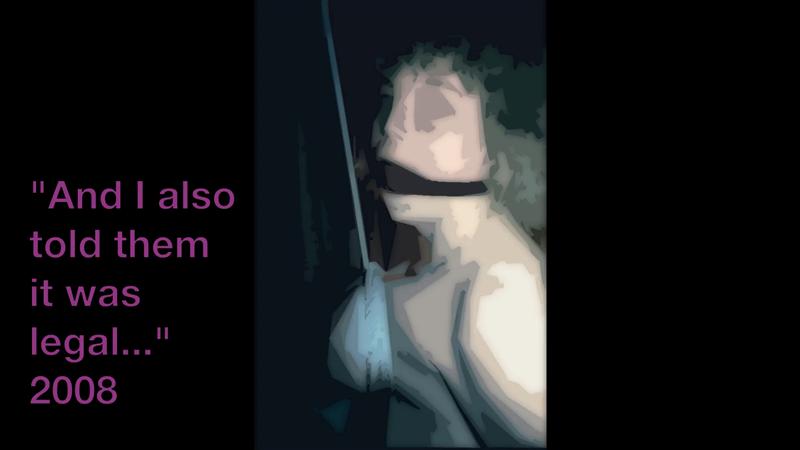
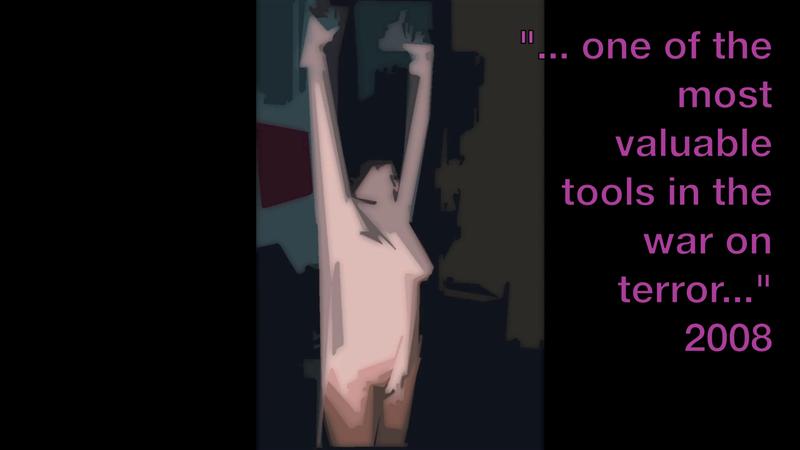
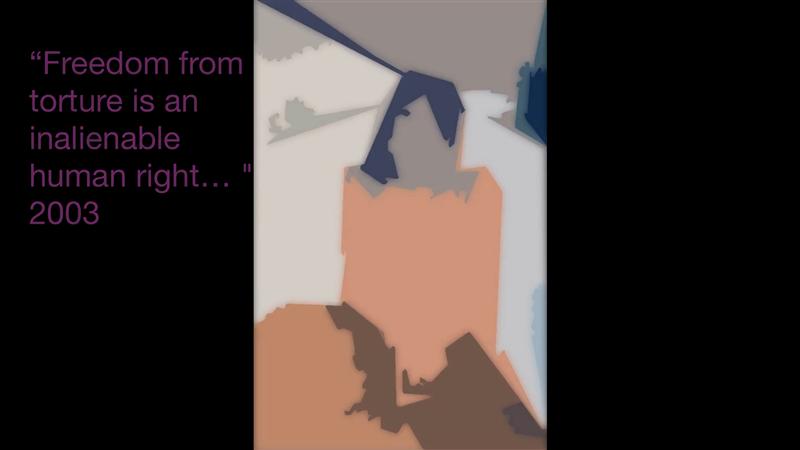
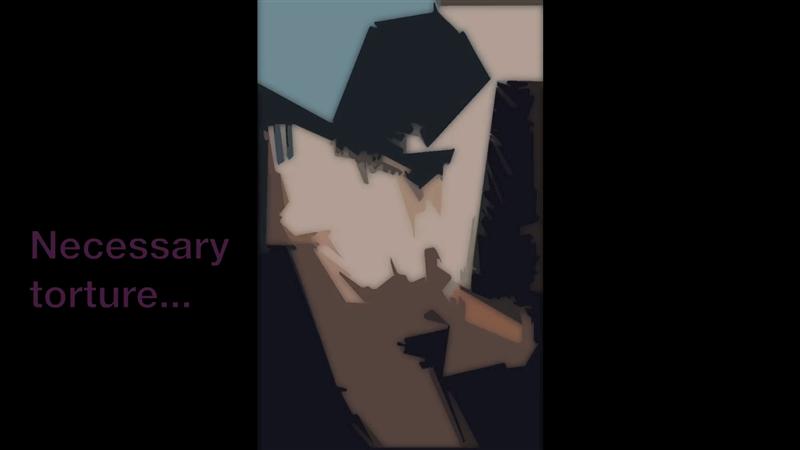
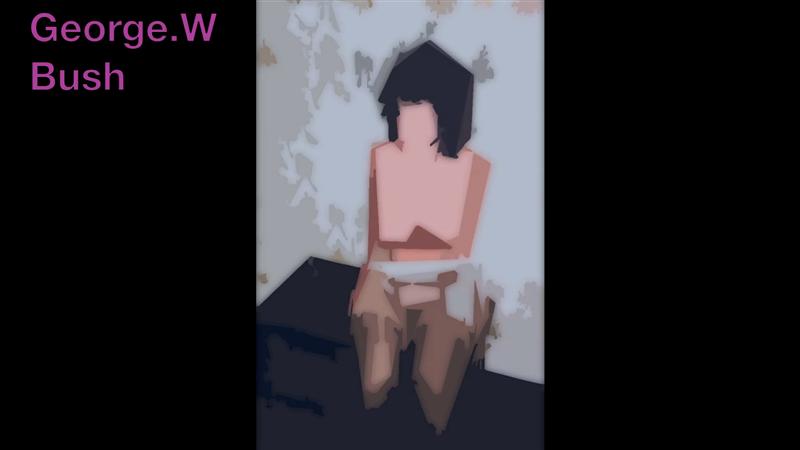
In 2009 I began creating Necessary torture: George.W. Bush as a reaction against the concept that any form or torture is necessary. At the time the US Military was defending its right to forms of torture against detainees as an indispensable tool in the ‘war on terror’. The then Howard Government, who involved Australia in this controversial war, was still under scrutiny for its own appalling treatment of asylum seekers and suspected terrorists. Wanting to make work as a response to these events which have unfolded in my life time, I completed this short movie when it was commissioned in 2013 for the exhibition Bad Girls by the curator Anni Doyle Wawrzynczack.
In making this work I didn’t want to further sanction the ‘iconic’ photos depicting the torture and abuse of prisoners from Guantánamo or Abu Ghraib. I believe that by appropriating these images further removes the viewer from experiencing the fully repulsive and emotional affect they initially created. Therefore to create a more confronting work, I employed a series of images that suggest women trussed and gagged in sadomasochistic positions. The images are overlaid with text quoting President George. W. Bush between 2003-2009. At first he expresses his views against torture before he starts to deny abuse and then defend his government's use of torture. Using these images with text I intended to juxtapose various notions such as perversion and torture, fantasy and entertainment, secret and public, sport and violence or victim and perpetrator. Because this work firmly positions our gaze in role of the spectator and voyeur, I also hoped that it could ultimately emphasise the ridiculous notion that any form of torture (real or imagined) against anyone could ever be rationalised as necessary.
This work was also inspired by Susan Sontag’s essay, ‘Regarding the torture of others,’ (New York Times, 23 May 2004) where she contemplates the culture of torture through the now infamous ‘trophy’ photos taken by US soldiers violently abusing their Iraqi prisoners through acts of torture. Her essay critiqued the Bush Administration’s attempts at damage control, their efforts to avoid the word ‘torture’ through thinly veiled semantics, and the justification of the use of torture. Despite the PR spin, as Sontag predicted, those disturbing photographs will last as the defining image the American invasion of Iraq because, ‘photographs have an insuperable power to determine what we recall of events.’
I was interested in Sontag’s views on fetishistic nature of photographing torture and its public reception, the complex role of the individual in this act, and our role in being observers through media culture – particularly considering that in the digital world the most personal and private moments of people’s lives are increasingly captured and publicly disseminated for all to see. In her analysis of those photos of naked, sexually humiliated and physically degraded Iraqi men, Sontag equates the abuse with pornography and sadomasochism in that, ‘perhaps torture is more attractive, as something to record, if it has a sexual component.’ Sontag’s essay highlights the contradictory reaction of shock and revulsion, titillation and intrigue and then ambivalence and detachment that such confronting images of torture and violence can create.